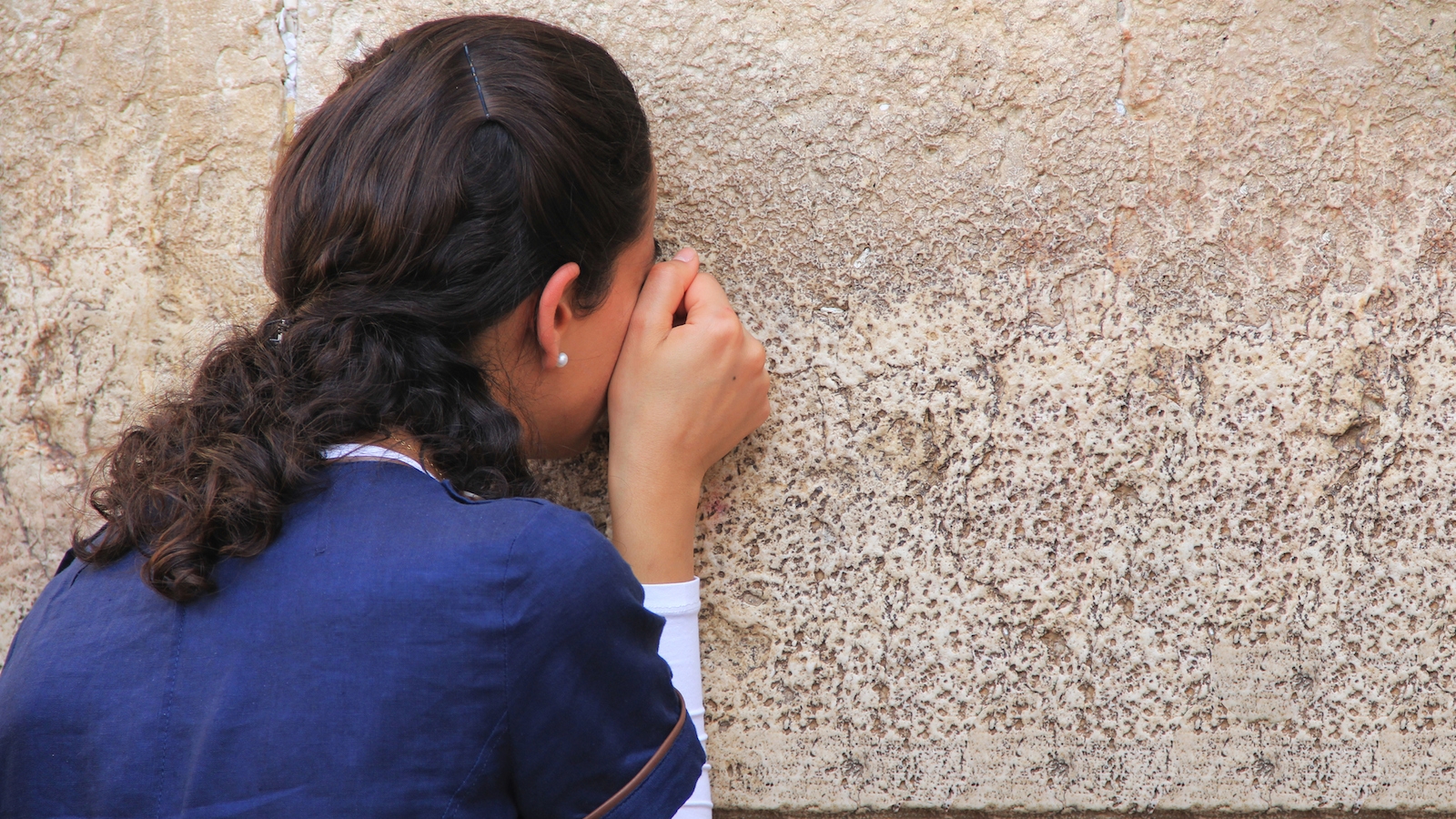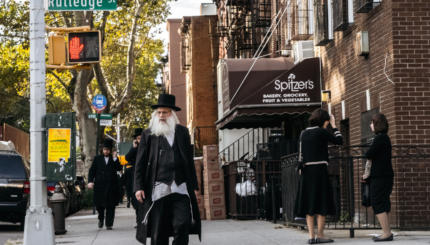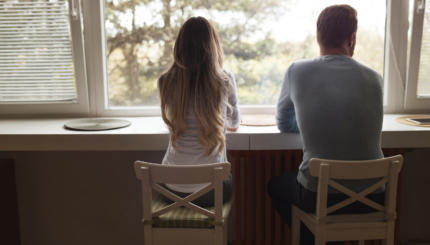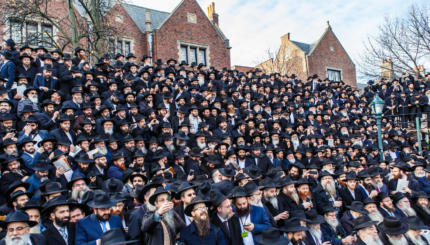The term ba’al teshuva (plural is ba’alei teshuvah) literally means “master of the return” and in talmudic times, it was used to describe repentant sinners. According to a famous passage in the Talmud, in a place where penitents stand, even the completely righteous cannot stand.
In the modern context, ba’al teshuvah typically refers to a Jew who has embraced some form of traditional Judaism. Such individuals are sometimes seekers who individually seek out spiritual fulfillment in Orthodoxy, while others are the targets of outreach efforts by rabbis or Orthodox groups. While Judaism traditionally eschews proselytizing to non-Jews, drawing secular Jews closer to religious practice — an effort known as kiruv, from the Hebrew word for “drawing near” — is considered a meritorious practice among the Orthodox, if not an outright divine imperative. The actress Mayim Bialik and the acclaimed scholar Rabbi Adin Steinsaltz are both ba’alei teshuvah.
Beginning in the second half of the 20th century, the ranks of newly observant Orthodox Jews seemed to swell, giving rise to the idea of a ba’al teshuvah movement, which was the subject of numerous magazine and newspaper stories and garnered an approving mention from President Ronald Reagan in his 1984 speech to a B’nai B’rith gathering. To some, Israel’s Six-Day War and the outpouring of Jewish pride it engendered is sometimes credited with inspiring the growth of this movement in the 1970s and ‘80s. But the phenomenon was also the work of a handful of pioneering Orthodox outreach groups. This effort has since blossomed into a diverse collection of kiruv organizations aimed at exposing non-religious Jews to the joys of Jewish life.
The Jewish group most identified with cultivating ba’alei teshuvah is the Chabad-Lubavitch Hasidic group, whose emissaries have been setting up outreach operations across the world since the 1950s. But such efforts now exist across the Orthodox spectrum and include other large international groups like Aish Hatorah and Ohr Somayach, both headquartered in Jerusalem and operating branches around the world. Other groups are active on college campuses, in public schools and among young professionals. The Association for Jewish Outreach Programs (formerly the Association of Jewish Outreach Professionals) is a Baltimore-based group that supports various Orthodox outreach efforts.
This effort has attracted significant philanthropic support as well as a cadre of Jewish activists who have made kiruv the focus of their careers, but it has also engendered controversy. The movement has been criticized as fundamentalist and creating distance between the newly religious and their non-observant families. Others have charged that kiruv groups employ deceptive practices that prey on the weak-minded. Some have also contended that the children of ba’alei teshuvah are treated unfairly by Orthodox communities.
The phenomenon has inspired a number of scholarly works. Among them, Becoming Frum, an ethnographic look at how the newly religious learn the language and customs of their new Orthodox communities by Sarah Bunin Benor, a professor at Hebrew Union College-Jewish Institute of Religion. In 1989, sociologist M. Herbert Danzger published Returning to Tradition, about the embrace of Orthodoxy by secular Jews. And Lynn Davidson, a sociologist at Brown University, has published books both on those who embrace Orthodoxy and those who leave it.
Hard data on ba’alei teshuvah is difficult to come by. According to a 2015 Pew survey of American Orthodox Jews, fully 30 percent of Orthodox Jews were not raised as such, which would place the total population of American ba’alei teshuvah at around 150,000. However an earlier survey by Pew that looked at the entirety of the American Jewish community suggests that most denominational switching occurs in the direction of less traditional Judaism. Pew noted, however, that this may owe largely to a so-called “period effect,” in which great numbers of Jews who came of age in the middle part of the 20th century wound up leaving Orthodoxy.
In recent years ba’alei teshuvah’s opposites — Jews leaving the Orthodox, particularly the ultra-Orthodox, community — have drawn significant attention, with a number of formerly Orthodox Jews such as Shulem Deen and Leah Lax, publishing memoirs and a 2017 Netflix documentary, One of Us, highlighting the challenges many face when they leave the community. In 2003, a formerly Hasidic woman founded Footsteps, a New York-based organization that helps Jews leaving ultra-Orthodoxy to adjust to their new lives. However, current Orthodox retention rates among the young remain quite high, which could mean that the net movement between liberal and Orthodox Judaism is today in favor of Orthodoxy.
Hasidic
Pronounced: khah-SID-ik, Origin: Hebrew, a stream within ultra-Orthodox Judaism that grew out of an 18th-century mystical revival movement.



